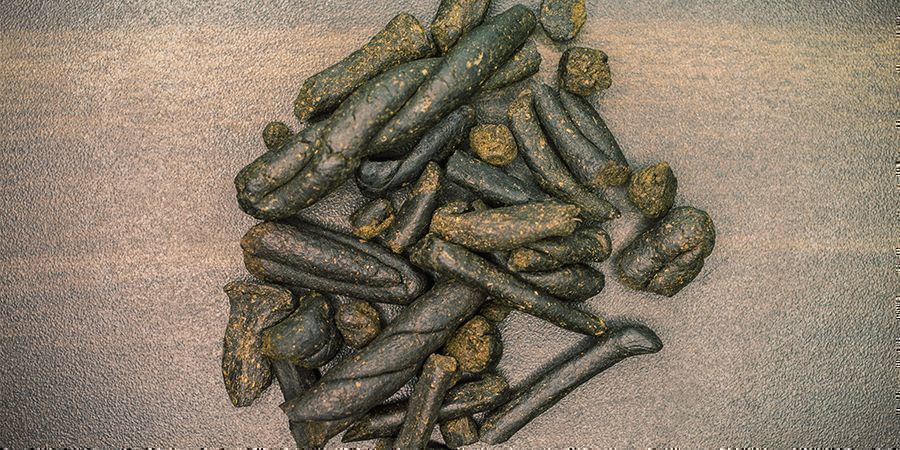
A Guide To The Different Types Of Hash From Around The World
From rural Turkey to the foothills of the Himalayas, hashish is produced widely throughout the Middle East into Asia. In this article, we take an in-depth look at the different types of hash from around the world.
Cannabis concentrates like BHO are taking the world by storm. But with all the hype around extracts like shatter, crumble, and budder, many people forget about hashish, one of the oldest cannabis concentrates on the planet. Keep reading for an in-depth look at the many different types of hash from around the globe.
THE ORIGINS OF HASHISH
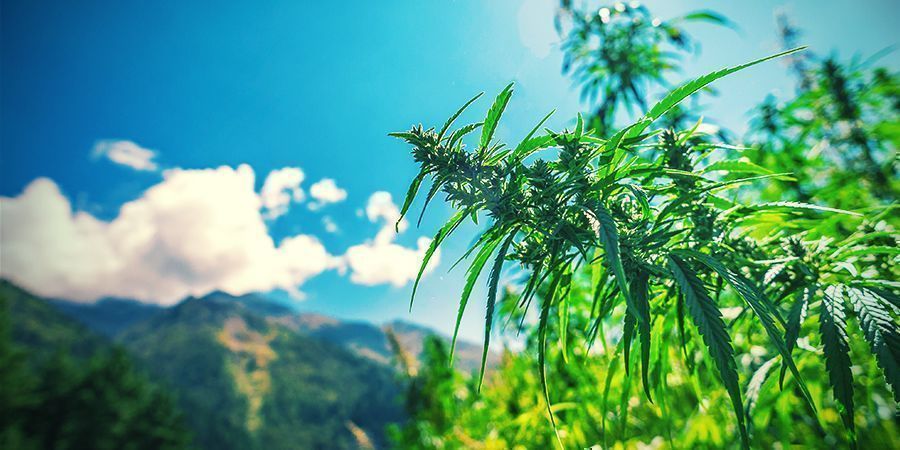
Hash is an ancient cannabis concentrate that’s played a key role in many different cultures. From the Middle East to the foothills of the Himalayas to tiny villages in India, hashish has been produced for centuries, with each region adding its own flair to this highly sought-after product.
It wasn’t until the 18th century that hash made its way to Europe, after which it became a popular substance among the literary and artistic elite. Perhaps most famously, hash was the titular drug enjoyed by the “Club des Hashischins”, a Parisian venue frequented by literary figures from Baudelaire to Balzac. Today, hash still stands strong as a favourite way to consume cannabis, largely due to its unique flavour, consistency, and effects.
DIFFERENT TYPES OF HASH FROM AROUND THE GLOBE
While most forms of hash share more similarities than differences, each provides a unique experience distinct from the others. Let’s explore the different types of hash you can find in various countries!
AFGHAN HASH
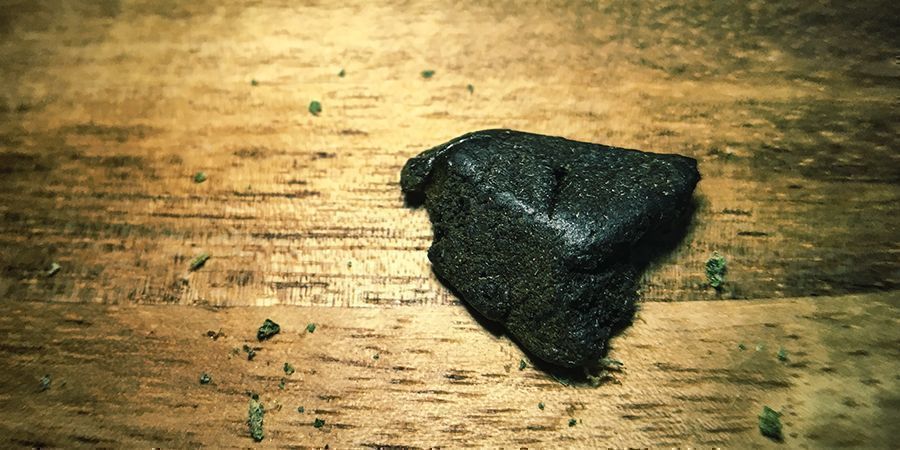
Cannabis indica is native to Afghanistan and grows wildly all around the country. The Afghan people have been cultivating and using cannabis for centuries. But the hashish trade in Afghanistan really took off in the 1960s and 70s when the Hippie Trail brought an influx of young tourists to the region. Today, Afghanistan is the largest producer of hashish in the world.
Hashish in Afghanistan is called chars (not to be confused with charas), and its production is quite unique. First, the trichomes are removed from dried cannabis buds to create kief (locally called garda). This is then placed on a metal dish over a low flame and mixed with small amounts of hot water and/or tea until it reaches a dough-like consistency. This dough is then kneaded by hand and sometimes even pressed by foot until it achieves a black colour with a thick, fudge-like consistency.
Good-quality Afghani will come stamped with the seal of the producer and is notoriously potent. It is also distinctly spicy and very harsh on the throat. It produces a strong, almost narcotic stone that’ll leave you glued to the couch for hours.
CHARAS
Charas is a unique type of hash originating from India. Cannabis grows wildly throughout many parts of India, Pakistan, and the Himalayas and has a rich history in these areas. It's been used medicinally, industrially, and spiritually for thousands of years.
Charas is different from other types of hash because it is made using live cannabis. To make charas, live buds are rolled between the palms of the hands. Over time, the resin from the flowers forms a thick, brown layer on the palms and fingers, which is collected and rolled into balls.
The result is a soft, creamy hash that’s very dark on the outside and a lighter brown or green colour on the inside. Charas also has a distinctive aroma and flavour that is very, very spicy. It is quite potent and tends to produce an intense body stone characterised by deep, physical relaxation.
KASHMIRI HASH
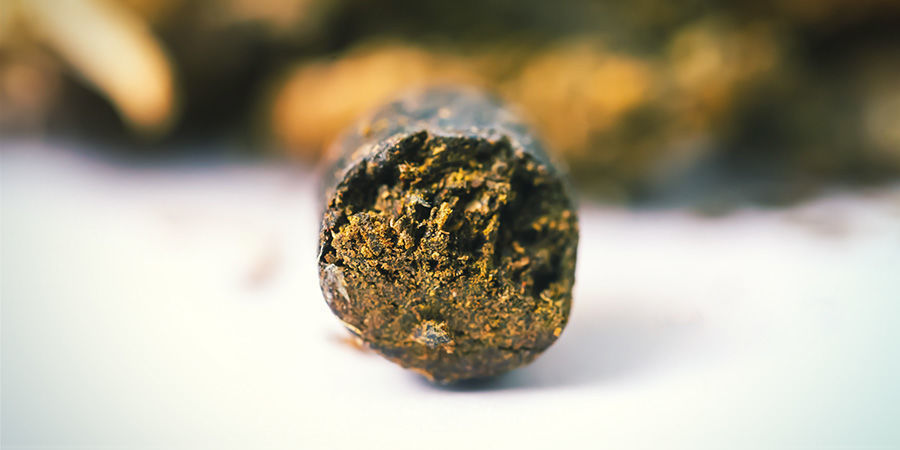
Kashmir makes up the northernmost region of the Indian subcontinent and is renowned for its hash and opium. While there’s little information about Kashmiri hash, its production is believed to be similar to that of charas. However, it is much more aromatic, spicier, and makes for a slightly harsher smoke. It is also more potent and tends to produce a strong physical stone.
LEBANESE HASHISH
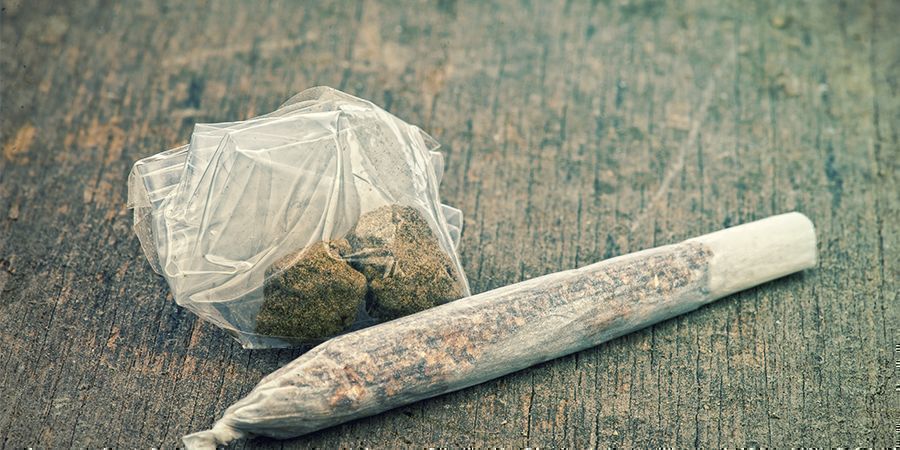
Lebanon has a rich history with hashish. Today, the country produces massive amounts of hash, with annual exports estimated to be worth over $200 million. In fact, international consulting firm McKinsey and Co. recommended the Lebanese government legalize cannabis as a way to expand the local economy.
Lebanon produces most of its cannabis in the Bekaa Valley. The plants usually dry out in open fields before being cut down, and take on a yellow, brown, or reddish colour.
Once dried, the buds are run through sieves to create kief and then pressed, like in Morocco (see below). The result is thick slabs of brittle hash with a yellow or red colour (sold as yellow or red Lebanese, respectively).
Lebanese hash has a very spicy aroma, is very potent, and typically makes for a harsh smoke. Yellow Lebanese, which is believed to be made from younger plants, tends to produce a slightly more cerebral high, while red Lebanese (made from older plants) tends to be more narcotic.
MANALI HASH
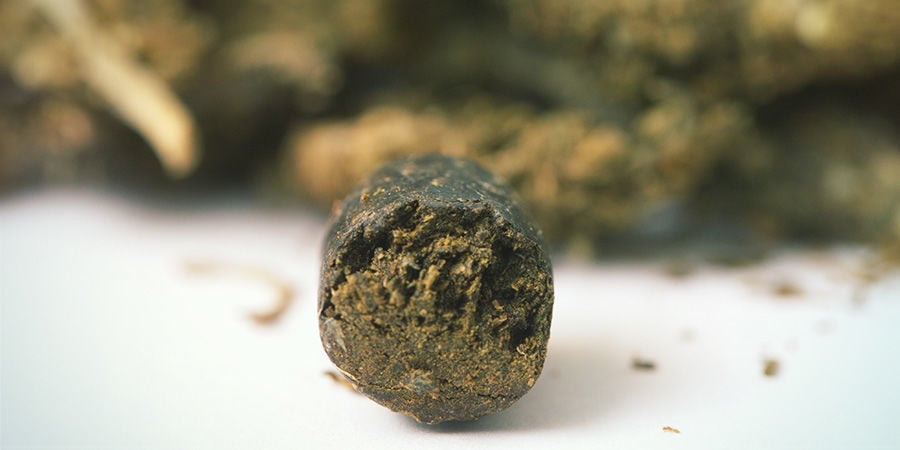
Manali is one of the oldest villages in India, and it's revered for its hashish. Located in the district of Kullu, Manali has its own language, which is believed to be a mixture of Tibetan and Sanskrit. Growing and processing cannabis is one of the main sources of income for the 1,500 residents of the village.
The hash produced in Manali is known as Manali Cream, which is considered a delicacy throughout India and even internationally. In Amsterdam, for example, Manali Cream sells for anywhere between 20 and 30 euros.
Manali Cream is made like charas, by rubbing live cannabis buds between the hands to create a thick resin. The result is a black hash that’s soft when fresh and hardens over time. Its flavours and aromas are very reminiscent of fresh cannabis buds. Like charas, this is a mild hash that makes for a delicious and smooth smoke, without the spice you’d find in Afghani or Lebanese varieties.
MOROCCAN HASH
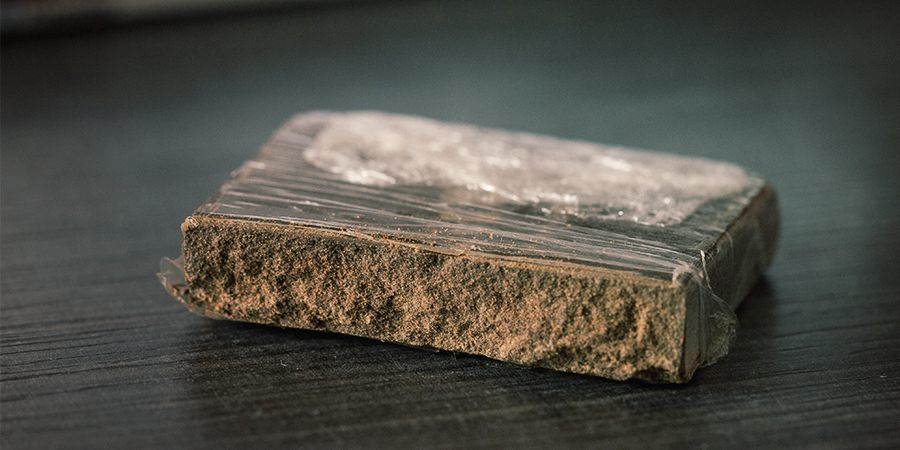
Cannabis has been cultivated in Morocco for centuries and is believed to have been brought to the area between 640 and 710 AD. In the 18th century, the northern region of Rif set itself apart as one of the major cannabis-producing areas in the country.
Today, Morocco is renowned for its hash, which is made by beating dried cannabis branches over fine sieves to separate the trichomes and create kief. This kief is then heated and pressed repeatedly into bricks.
The resulting hash can vary in colour, ranging from dark green to brown depending on the age of the plants and how long they were dried. Consistency also varies; Moroccan brick hash tends to be hard and brittle, resembling chocolate. Moroccan pollen hash, on the other hand, is much softer, similar to marzipan.
Good-quality Moroccan hash will be very aromatic and smooth, without the spicy aromas and flavours that characterise hash from other countries. Moroccan hash tends to produce a nice, uplifting high and contains rather mild concentrations of THC.
NEPALESE HASH
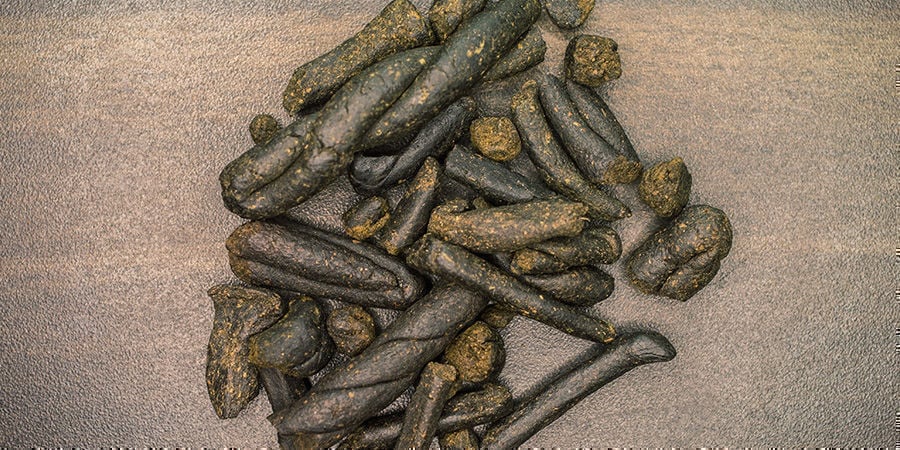
Nepal is a beautiful region nestled among the Himalayas. Like India, Afghanistan, and other parts of the region, cannabis grows naturally here, and the plant has long played an important role in local culture.
Hash in Nepal is made like charas and rolled into big balls sold as “temple balls”. However, the Nepalese are believed to use dried flowers rather than live ones. Over time, the buildup of resin on the hands is collected and rolled into balls that have a very distinctive shine to them.
Nepalese hash is sticky and creamy with a pungent, spicy aroma. It makes for a very smooth smoke when compared to Afghan hash and boasts a big, bold flavour. Nepalese Hash is very potent and produces a strong body stone. Like Manali Cream, Nepalese temple hash is a delicacy at Amsterdam coffeeshops.
PAKISTANI HASH
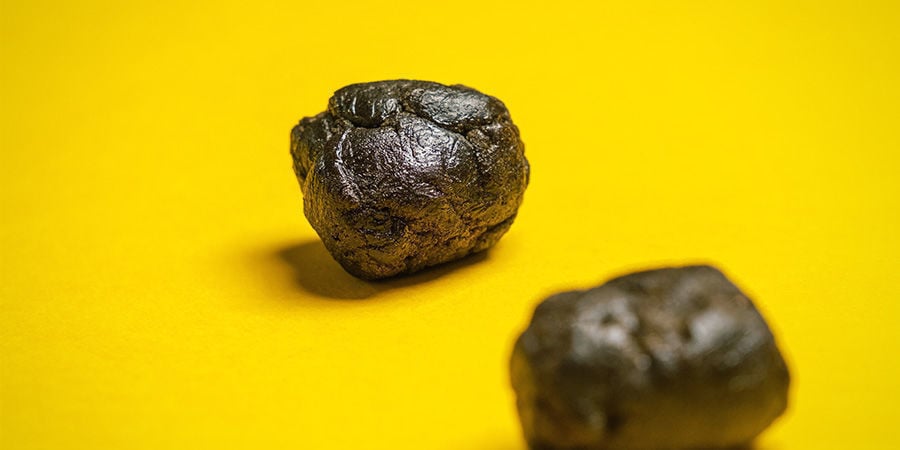
While hash is illegal in Pakistan, it is produced and readily available all throughout the country’s northern tribal territories. Hashish has long been part of Pakistan’s culture, and the quality of Pakistani hash can be very good.
In Northern Pakistan, locals refer to top-grade hash as Awal Namber Garda (“top-grade dust”). The process for making Pakistani hash is very similar to that used in Afghanistan; mature cannabis plants are dried, sieved to create kief, and then pressed and heated into thick, black hash slabs. Some locals, however, age their hash for at least three months inside goatskin or sheepskin to enhance the flavour and potency of the final product.
Pakistani hash is black, has a very spicy aroma, and is notoriously harsh on the throat. It produces a very strong, long-lasting, narcotic stone that’ll leave you glued to the couch for hours on end.
TURKISH HASH
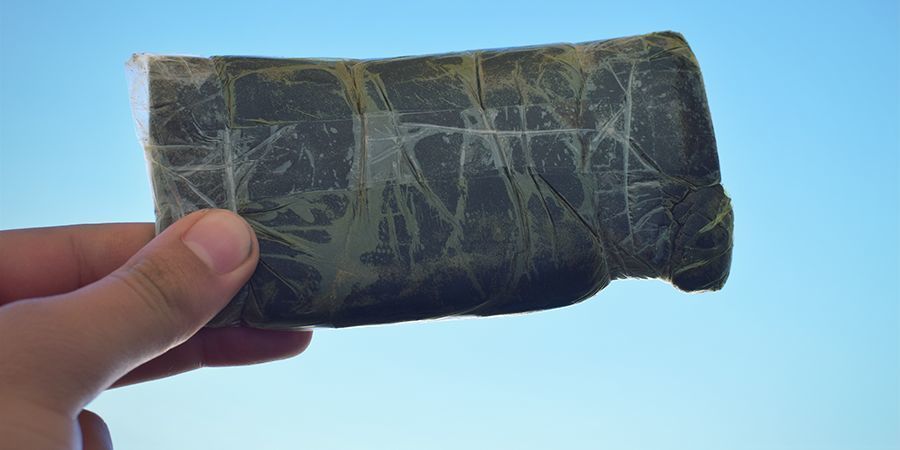
Turkey also produces some fine hash. While cannabis is illegal in the country, its cultivation and production are allowed in many provinces for medical and/or research purposes.
Turkish hash is produced in a similar fashion to Afghan, Pakistani, or Moroccan hash; by pressing and heating large amounts of kief into big, black blocks. When pressed correctly, Turkish hash is rock-hard and brittle. It has a slightly spicy aroma and makes for a very smooth smoke.
Turkish hash tends to be of mild potency and produces a unique cerebral high rather than the strong physical stone you’d expect from hash. This could be because it is made from younger plants.
-
 3 min
9 January 2024
How To Recognise High-quality Hash
How do you know if your hash is of the best quality? And, what separates great hash from the terrible? All of these questions will be answered, and more. With our guide, you will be a hash pro in...
3 min
9 January 2024
How To Recognise High-quality Hash
How do you know if your hash is of the best quality? And, what separates great hash from the terrible? All of these questions will be answered, and more. With our guide, you will be a hash pro in...
-
 7 min
31 March 2022
How To Make Bubble Hash (3 Methods)
Bubble hash is a potent cannabis concentrate. Luckily, there are some easy methods you can use to make it at home with supplies you can find in most kitchens. Now you can enjoy hash without...
7 min
31 March 2022
How To Make Bubble Hash (3 Methods)
Bubble hash is a potent cannabis concentrate. Luckily, there are some easy methods you can use to make it at home with supplies you can find in most kitchens. Now you can enjoy hash without...
-
 5 min
30 December 2021
How To Use A Pollen Press To Make Hashish Coins
If you've ever thought that producing high-quality hash at home was a tall order, we're here to tell you it isn't. With a pollen press at your disposal, you too can create some premium pellets that...
5 min
30 December 2021
How To Use A Pollen Press To Make Hashish Coins
If you've ever thought that producing high-quality hash at home was a tall order, we're here to tell you it isn't. With a pollen press at your disposal, you too can create some premium pellets that...
-
 3 min
25 September 2020
What Is Jelly Hash And How Do You Make It?
Besides regular weed, many cannabis concentrates are available. A very interesting one is jelly hash. Besides its distinctive aroma, several other benefits make it very popular among all sorts of...
3 min
25 September 2020
What Is Jelly Hash And How Do You Make It?
Besides regular weed, many cannabis concentrates are available. A very interesting one is jelly hash. Besides its distinctive aroma, several other benefits make it very popular among all sorts of...
-
 5 min
28 December 2019
Top 10 Best Hash In Amsterdam
Hash is a delicacy in the world of cannabis. In this article, we'll show you where to find the best in Amsterdam.
5 min
28 December 2019
Top 10 Best Hash In Amsterdam
Hash is a delicacy in the world of cannabis. In this article, we'll show you where to find the best in Amsterdam.
-
 2 min
28 August 2019
How To Make High-Quality Hash With The Bubbleator B-Quick
Always wondered how to make your own hash? Don’t know what to do with the frosty trim from your plants? We have the solution for you with the new Bubbleator B-Quick!
2 min
28 August 2019
How To Make High-Quality Hash With The Bubbleator B-Quick
Always wondered how to make your own hash? Don’t know what to do with the frosty trim from your plants? We have the solution for you with the new Bubbleator B-Quick!
-
 2 min
18 September 2017
How To Make Hand Rub Hash
Hash, or hashish, has been around for thousands of years and it's used all over the globe. There are a lot of innovative new ways to make hash, but one of the oldest and still most popular...
2 min
18 September 2017
How To Make Hand Rub Hash
Hash, or hashish, has been around for thousands of years and it's used all over the globe. There are a lot of innovative new ways to make hash, but one of the oldest and still most popular...





 United States
United States

